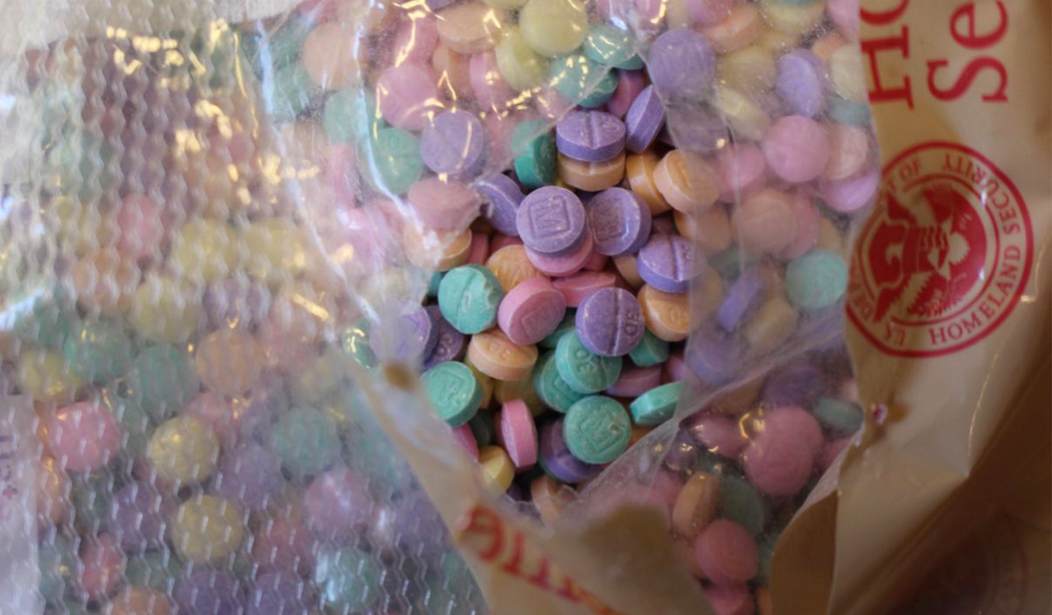The data is in, and it reveals some very encouraging news about the rate of teen drug use. To put it simply, it is on the decline.
This is a positive development. However, there is still more work to be done to protect minors from drug addiction.
A new report details findings from the National Institute on Drug Abuse (NIDA), which show that teenagers are not consuming drugs as often as in the past.
In 2023, 46 percent of seniors said that they’d had a drink in the year before being interviewed; that is a precipitous drop from 88 percent in 1979, when the behavior peaked, according to the annual Monitoring the Future survey, a closely watched national poll of youth substance use. A similar downward trend was observed among eighth and 10th graders, and for those three age groups when it came to cigarette smoking. In 2023, just 15 percent of seniors said that they had smoked a cigarette in their life, down from a peak of 76 percent in 1977.
Illicit drug use among teens has remained low and fairly steady for the past three decades, with some notable declines during the Covid-19 pandemic.
Dr. Nora Volkow, director of NIDA, explained in December that “People don’t really realize that among young people, particularly teenagers, the rate of drug use is at the lowest risk that we have seen in decades.”
There are several factors contributing to this paradigm shift. Volkow noted that “Research has shown that delaying the start of substance use among young people, even by one year, can decrease substance use for the rest of their lives.”
However, there is still more work to be done. Despite the decline in the rate of teen drug use, there has been a sharp rise in the rate of minors dying from fentanyl. The numbers show that the rate has doubled from 2019 and 2020. This seems to suggest that while fewer teens are consuming drugs, those who take them are using more harmful substances – often without their knowledge.
The 2023 data continue to document stable or declining trends in the use of illicit drugs among young people over many years. However, importantly, other research has reported a dramatic rise in overdose deaths among teens between 2010 to 2021, which remained elevated well into 2022 according to a NIDA analysis of CDC and Census data. This increase is largely attributed to illicit fentanyl, a potent synthetic drug, contaminating the supply of counterfeit pills made to resemble prescription medications. Taken together, these data suggest that while drug use is not becoming more common among young people, it is becoming more dangerous.
This is a positive sign. If fewer teens are resorting to narcotics, then it signals that drug abuse might decline among future generations. However, the fentanyl issue remains a problem. Unfortunately, with the situation at the southern border, fentanyl continues to be smuggled into the country and is laced with regular street drugs. There are measures that can be taken to prevent more teen overdose deaths. But as long as the substance continues to be trafficked over the border, it will be that much harder to protect children from these drugs.
See also:
Fentanyl Overdose Rates Continue to Climb at an Alarming Rate












Join the conversation as a VIP Member